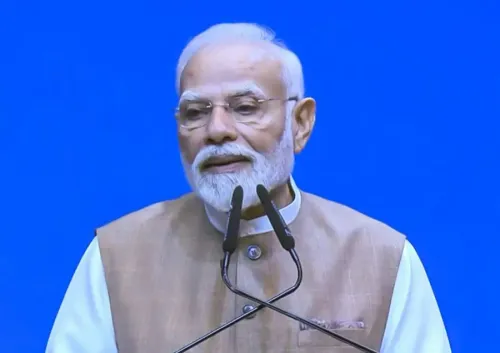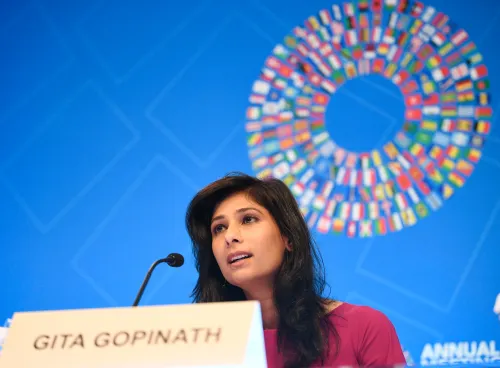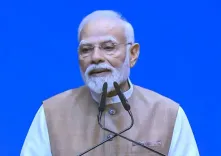Is the Government Targeting Carbon Neutrality in the Textiles Sector by 2030?

Synopsis
Key Takeaways
- Government's target: $350 billion for textiles by 2030.
- Carbon neutrality: Aiming for sustainability in the textiles sector.
- Cotton's significance: Represents the core of Indian agriculture.
- Collaborative efforts: Stakeholders need to work together.
- Focus on natural fibers: Emphasizing sustainable alternatives.
New Delhi, Oct 8 (NationPress) The government has set an ambitious goal to not only reach the $350 billion target for the textiles sector by 2030, which includes $100 billion in exports, but also to pursue carbon neutrality, as stated by Textiles Minister Giriraj Singh.
He emphasized that cotton is more than just a crop; it embodies the essence of Indian agriculture, symbolizing the farmer’s hard work, perseverance, and aspirations.
At an event organized by the Ministry of Textiles and Confederation of Indian Textile Industry (CITI), the minister extended his wishes to cotton farmers on World Cotton Day, noting that “each strand of cotton tells the tale of our farmers — their labor under the intense sun, their hopes for rain, and their steadfast belief in the land.”
Singh pointed out that climate change and environmental sustainability present significant challenges for the sector.
He stressed the importance of judicious use of water and electricity, urging collective action to safeguard nature.
“Effective water management, soil preservation, and the adoption of renewable energy sources are crucial for protecting India’s mainly rain-fed cotton regions and ensuring that farmers’ efforts lead to lasting prosperity,” Singh remarked.
The minister further mentioned that this transformation is achievable only when all stakeholders, from farmers to textile exporters, collaborate as one community.
Despite India hosting 40 percent of the world’s cotton cultivation area, its productivity stands at around 450 kg per hectare, significantly lower than the 2,000 kg per hectare seen in many other nations.
The actively considered Mission for Cotton Productivity aims to bridge this gap.
Singh also highlighted the increase in Minimum Support Prices (MSP) over the past decade as evidence of the Government’s commitment to farmer welfare.
He pointed out the future potential of natural fibers like milkweed, ramie, and flax, asserting that Indian farmers possess the strength and wisdom to lead global sustainable fiber production. “The world is shifting towards eco-friendly products, and our farmers can illuminate the way forward,” he added.
Minister of State for Textiles, Pabitra Margherita, remarked that India must aim for a leading role in quality, sustainability, and ethical manufacturing.
He noted that the Kasturi Cotton initiative could significantly contribute to the ‘5F’ (farm-fiber-factory-fashion-foreign) vision of the Government, and hinted at the potential for deeper ties between India and Russia in the textiles and apparel sector.









